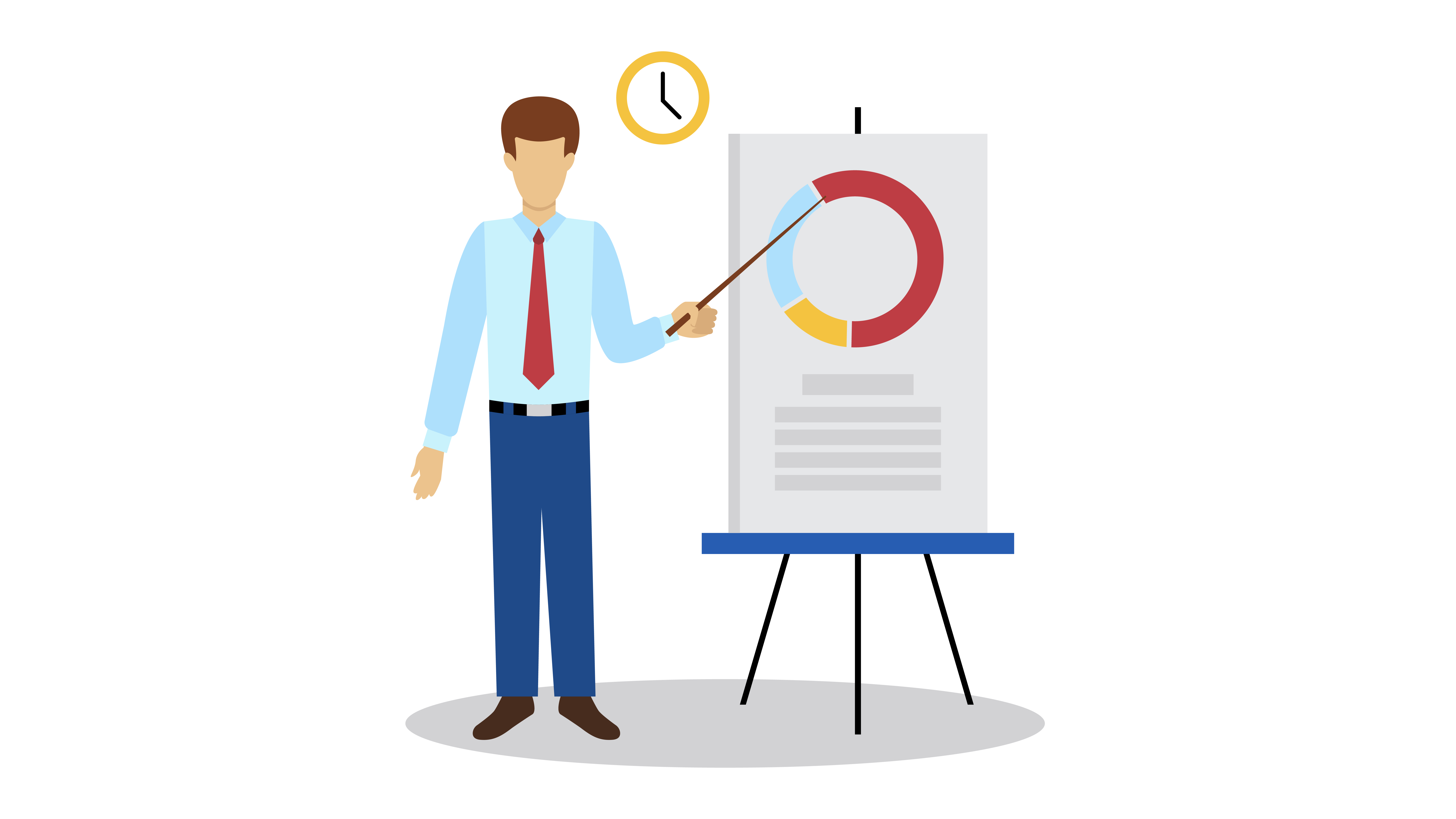Featured
Customer data platforms (CDPs) are a vital tool for companies that wish to collect data, store, and manage the customer's information in one central location. The software tools provide the most accurate and complete view of the customer, which can be used to create targeted marketing and customized customer experience. CDPs provide a variety of features such as data governance and data quality and formatting, data segmentation and compliance, to ensure that the customer's data is stored, collected and utilized in a regulated and well-organized manner. A CDP can help companies connect with customers and place it at the core of their marketing efforts. It also allows you to access data from other APIs. This article will explore the different aspects of CDPs and the ways they can aid businesses.
cdp meaning
Understanding CDPs: A customer data platform (CDP) is a piece of software that allows companies to collect the, organize, and store customer information in one central location. This gives an exact and complete view of the client, which is used to create targeted marketing and more personalized experiences for customers.
-
Data Governance: A CDP's capacity to secure and control the data that it incorporates is among its most important features. This can include division, profiling and cleansing of the incoming data. This is to ensure compliance with data regulations and policies.
-
Data Quality: A key aspect of CDPs is to ensure that the data that is collected is of high-quality. This means that data must be entered correctly and meet the required quality standards. This will help reduce additional expenses for cleaning, transforming and storage.
-
Data formatting is a CDP is also available to ensure data follows a defined format. This will ensure that the certain types of data, like dates, match with the information collected from customers and that the information is entered in an orderly and consistent way. cdp define
-
Data Segmentation: A CDP can also allow for the segmentation of customer information to help better understand different groups of customers. This lets you compare different groups to one another and get the correct sample distribution.
-
Compliance The CDP allows organizations manage customer data in a manner that is in line with. It permits the definition of security policies, classifying information according to those policies, and even the detection of violations of policies while making marketing decisions.
-
Platform Selection: There's many CDPs and it's essential to understand your requirements prior to choosing the one that is best for you. Consider features like data privacy and the ability of pulling data from different APIs. what is a cdp
-
Putting the Customer in the Center: A CDP lets you integrate real-time data about customers. This will give you the immediate accuracy, precision, and unity that every marketing department requires to improve operations and engage customers.
-
Chat, Billing and more: A CDP makes it easy to identify the context that is needed for excellent conversations, no matter if you are looking at billing or previous chats.
-
CMOs and big Data: 61% of CMOs feel they're not using enough big data according to the CMO Council. The 360-degree customer view that is provided by a CDP is a fantastic approach to address this issue and allow for better marketing and customer engagement.
With many various kinds of marketing technology out there each one usually with its own three-letter acronym you might wonder where CDPs come from. Although CDPs are amongst today's most popular marketing tools, they're not a completely new idea. Rather, they're the current step in the evolution of how marketers handle customer information and client relationships (Cdp Define).

For the majority of marketers, the single most significant value of a CDP is its ability to sector audiences. With the capabilities of a CDP, marketers can see how a single consumer interacts with their business's different brands, and determine opportunities for increased customization and cross-selling. Of course, there's far more to a CDP than segmentation.
Beyond audience division, there are three big reasons your business may want a CDP: suppression, personalization, and insights. Among the most interesting things marketers can do with data is recognize consumers to not target. This is called suppression, and it's part of delivering really personalized customer journeys (What is a Customer Data Platform). When a client's merged profile in your CDP includes their marketing and purchase information, you can reduce ads to clients who have actually currently made a purchase.

With a view of every customer's marketing interactions connected to ecommerce data, site visits, and more, everyone across marketing, sales, service, and all your other teams has the opportunity to understand more about each client and deliver more personalized, appropriate engagement. CDPs can help marketers deal with the root causes of a lot of their most significant everyday marketing issues (What is a Customer Data Platform).
When your information is disconnected, it's more difficult to comprehend your clients and create meaningful connections with them. As the number of information sources utilized by online marketers continues to increase, it's more crucial than ever to have a CDP as a single source of truth to bring everything together.
An engagement CDP uses client data to power real-time customization and engagement for clients on digital platforms, such as websites and mobile apps. Insights CDPs and engagement CDPs comprise most of the CDP market today. Really couple of CDPs consist of both of these functions similarly. To pick a CDP, your company's stakeholders must think about whether an insights CDP or an engagement CDP would be best for your requirements, and research the couple of CDP alternatives that consist of both. Cdp Data.
Redpoint GlobalLatest Posts
The Role of CDPs in Combining Data from Multiple Sources
CDPs and the Role of Data Governance in Reducing Risk
CDPs and the Role of Data Segmentation in Marketing